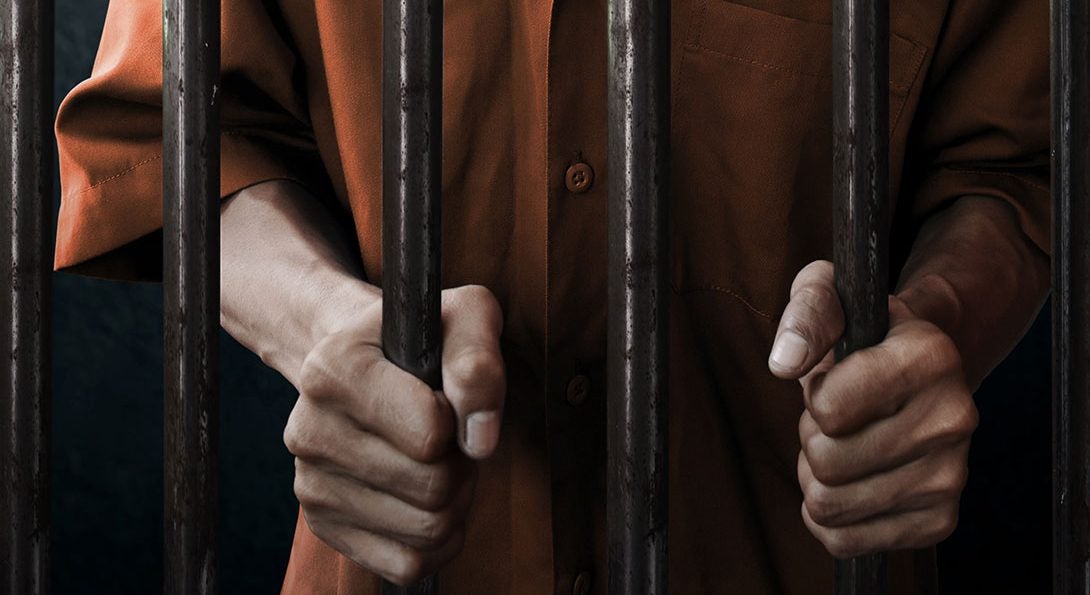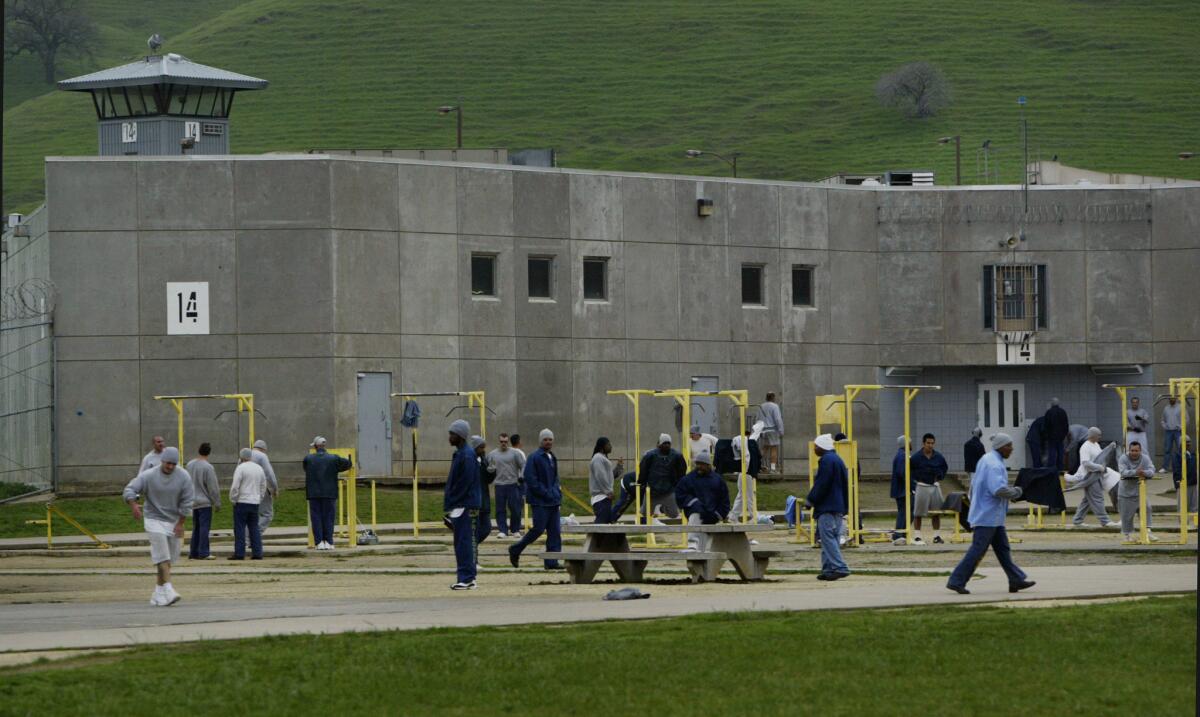This box plot displays the distribution of incarceration rates across U.S. states from 2001 to 2016, helping to visualize how incarceration patterns vary year to year. Each box represents the spread of rates in a given year, with the median line indicating the national midpoint. We see that while the median incarceration rate remains fairly stable, the range and presence of outliers shift over time. Certain years, like 2006, 2007, and 2012, show a wider spread, which suggests that there is a greater range in how states incarcerated their populations. The consistent presence of high outliers also points to a handful of states maintaining significantly higher incarceration rates than the national average.
The animated grouped bar chart illustrates clear differences in the frequency of various crime types from 2001 to 2016. Larceny consistently stands out as the most common crime, followed by burglary and aggravated assault, showing that property crimes dominate total reported offenses. Over time, burglary and larceny show gradual declines, while aggravated assault remains relatively stable, suggesting that violent crime reductions have been slower or less uniform. Additionally, murder and vehicle theft remain the least frequent crimes throughout the period, highlighting that while violent crimes are severe, they occur far less often than property-related offenses.
This page was built using data from a publicly available dataset. The full dataset can be accessed below
View Dataset



